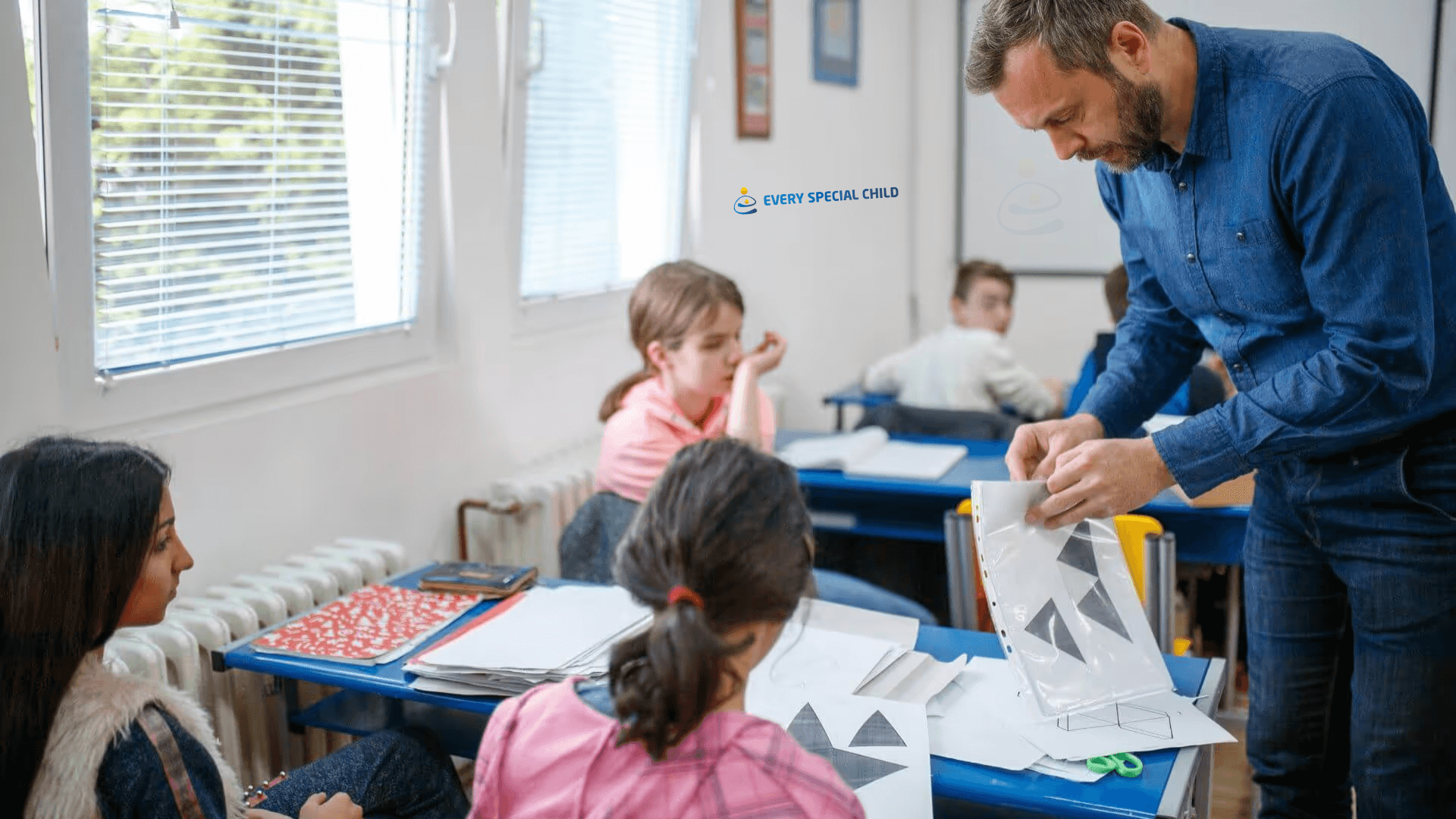
Role of Special Education Teachers in Pushing Classrooms. In today’s diverse educational landscape, special education teachers play a vital role in shaping inclusive classrooms. Their work goes beyond traditional teaching—they act as advocates, mentors, and facilitators who ensure that every student, regardless of their abilities, has equal opportunities to succeed. The concept of “pushing classrooms” highlights how special education teachers actively push for inclusion, collaboration, and academic growth. By bridging gaps between general education and special needs support, these educators transform the classroom into a more equitable learning environment. See More
“Pushing classrooms” refers to the push-in model of teaching, where special education teachers collaborate with general education teachers within the classroom, rather than pulling students out for separate instruction. This approach:
In essence, pushing classrooms creates a supportive learning environment where all students—those with disabilities and their peers—benefit from differentiated teaching strategies.
1. Collaboration with General Education Teachers
Role of Special Education Teachers in Pushing Classrooms collaborate closely with classroom teachers to design lessons that cater to the diverse needs of learners. This collaboration ensures that learning objectives are consistent, yet adaptable.
2. Individualized Instruction and Support
Each student with special needs has an Individualized Education Program (IEP). Special education teachers adapt lessons, assignments, and assessments to meet these goals while ensuring students stay engaged in the general curriculum.
3. Classroom Management and Behavior Support
Managing behaviors in a diverse classroom requires specialized strategies. Special education teachers provide behavior management plans, positive reinforcement techniques, and coping strategies to ensure a smooth learning experience for all students.
4. Advocacy for Students with Disabilities
Teachers in special education are ardent supporters of their pupils. They ensure that learners receive equal opportunities, accommodations, and modifications as per educational policies and legal rights.
5. Promoting Peer Relationships and Social Skills
Beyond academics, pushing classrooms fosters social development. Special education teachers encourage collaboration, group activities, and peer mentoring, helping students with disabilities build meaningful connections with classmates.
While the push-in model is highly effective, it comes with challenges such as:
To maximize the success of pushing classrooms, schools should:
The Role of Special Education Teachers in Pushing Classrooms is both transformative and essential. By championing inclusivity, providing individualized support, and fostering collaboration, they ensure that every learner has the chance to thrive. Although challenges exist, the benefits of this model far outweigh the obstacles. As schools continue to embrace inclusive education, the contribution of special education teachers remains the cornerstone of building equitable and supportive classrooms for all. Read More
1. How do special education teachers function in inclusive classrooms?
A special education teacher provides individualized instruction, supports students with disabilities, and collaborates with general education teachers to create an inclusive learning environment. Their role ensures that all students, regardless of ability, have access to the same curriculum with necessary accommodations.
2. What does the push-in model mean in special education?
When special education teachers assist children in the general education classroom rather than removing them for separate instruction, this is known as the push-in model. This method promotes inclusivity, reduces stigma, and allows students to learn alongside their peers.
3. In what ways do instructors of special education assist teachers of general education?
Special education teachers collaborate with general education teachers by co-planning lessons, adapting instructional materials, managing classroom behaviors, and ensuring that Individualized Education Programs (IEPs) are implemented effectively.
4. What are the benefits of pushing classrooms for students with disabilities?
The push-in approach helps students with disabilities feel included, build social skills, and gain confidence. It also provides access to the same curriculum as their peers while still receiving personalized support.
5. What challenges do special education teachers face in the push-in model?
Some common challenges include large class sizes, limited resources, balancing individualized instruction with group learning, and ensuring consistent collaboration with general education teachers. Despite these obstacles, the model remains highly effective for inclusive education.